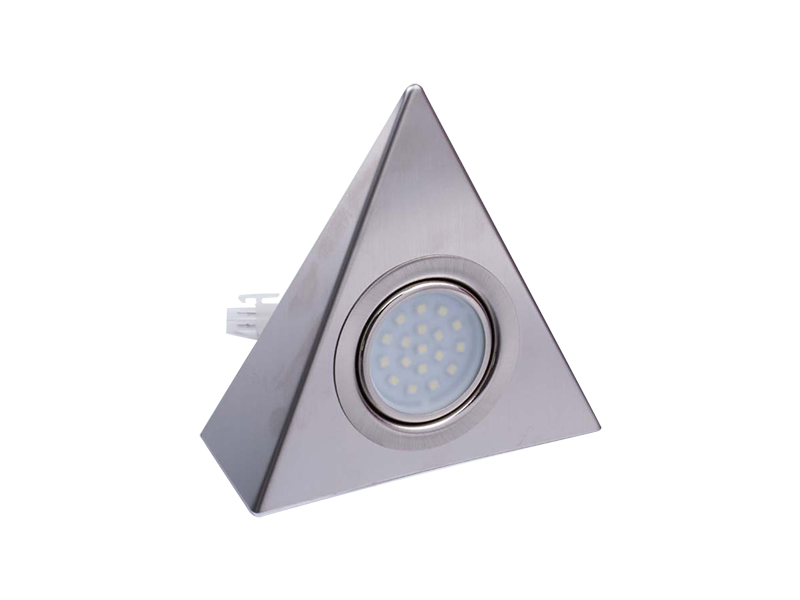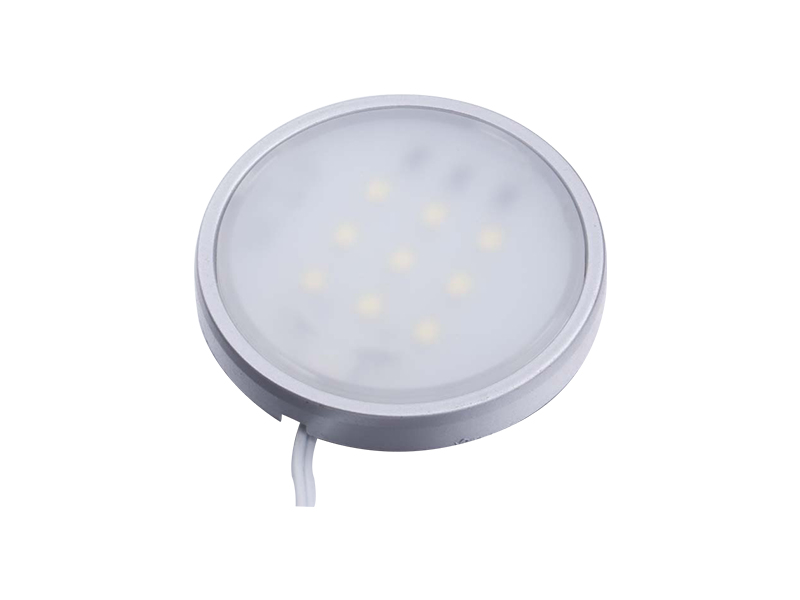-

E-mail:[email protected]
-

Telphone:+86-574-88073028
-

FAX:+86-574-88073029
QR code on
mobile phone
Welcome to Eastkey!
Welcome to Dongke!
1. Preliminary preparation
Confirm the power supply and voltage:
Make sure that the power supply in your home or work area supports DC 12V or an AC to DC 12V adapter. Since the product you provide is AC/DC 12V, an adapter may be required to convert AC power to DC power.
Check whether the current and voltage of the power socket match the product requirements to avoid damage caused by overload or voltage mismatch.
Measurement and planning:
Before installation, use a tape measure to measure the space under the cabinet to ensure that the length of the LED light strip is suitable for the installation location.
Plan the layout of the LED light strip, including the starting point, the end point, and the possible turning or cutting points.
Prepare tools and materials:
Prepare necessary installation tools such as screwdrivers, electric drills (if drilling holes are required for fixing), scissors (for cutting light strips), etc.
Make sure there is enough exposed cable length to connect to the power socket or adapter.
2. Installation steps
Clean the installation surface:
Use a clean cloth or paper towel to wipe the installation surface under the cabinet to ensure that there is no dust, oil or other impurities to ensure that the light strip is firmly pasted.
Fix or stick the light strip:
According to the product instructions, use the self-contained double-sided tape or screws to fix the LED light strip under the cabinet. If there is a reserved groove or track under the cabinet, the light strip can be directly inserted.
Be careful to keep the light strip flat and avoid bending or folding to avoid affecting the lighting effect and life.
Connect the power supply:
Connect the exposed cable to the AC/DC 12V adapter and make sure the connection is firm.
If the adapter needs to be plugged into a power socket, make sure the socket is in an easily accessible and safe location.
If you need to use an ampere plug, connect it correctly according to the instructions and make sure the plug matches the socket.
Testing and adjustment:
After the installation is completed, turn on the power to test whether the LED light strip is working properly.
Check whether each LED lamp bead is on. If it is not on or flickering, check whether the connection is loose or damaged.
Adjust the position and angle of the light strip as needed to obtain the best lighting effect.
3. Precautions
Safe use of electricity:
During installation and use, be sure to follow the safe use of electricity specifications to avoid dangerous situations such as electric shock or short circuit.
Do not touch the LED light strip or power socket without cutting off the power.
Waterproof and moisture-proof:
Although the LED light strip itself has a certain waterproof performance, you should try to avoid exposing the light strip to a humid or water-prone environment during installation.
If the installation location is close to a water source, please consider using a waterproof cover or other waterproof measures.
Maintenance and care:
Clean the surface of the LED light strip regularly to maintain its good lighting effect and heat dissipation performance.
Avoid using highly corrosive detergents or sharp objects to scratch the surface of the light strip.
Compatibility check:
If you plan to use the LED light strip with halogen lamps or other types of lamps at the same time, please make sure that the voltage, current and other parameters between them match, and follow the relevant safety regulations.
top
E-mail:[email protected]
Telphone:+86-574-88073028
FAX:+86-574-88073029





